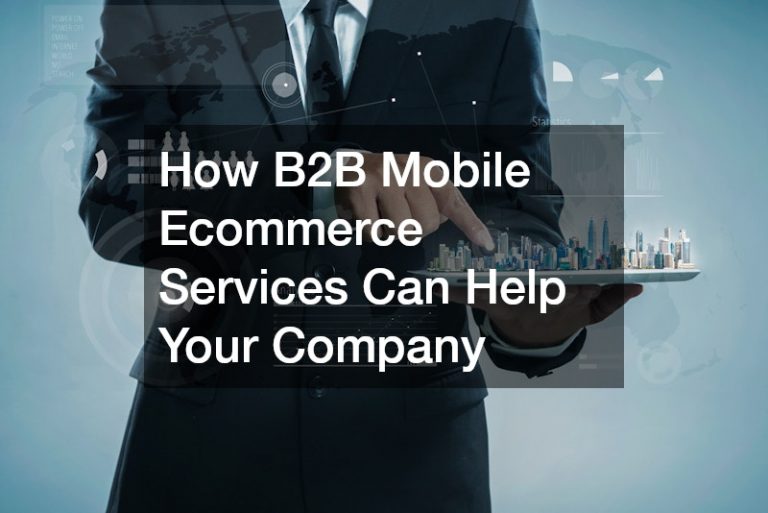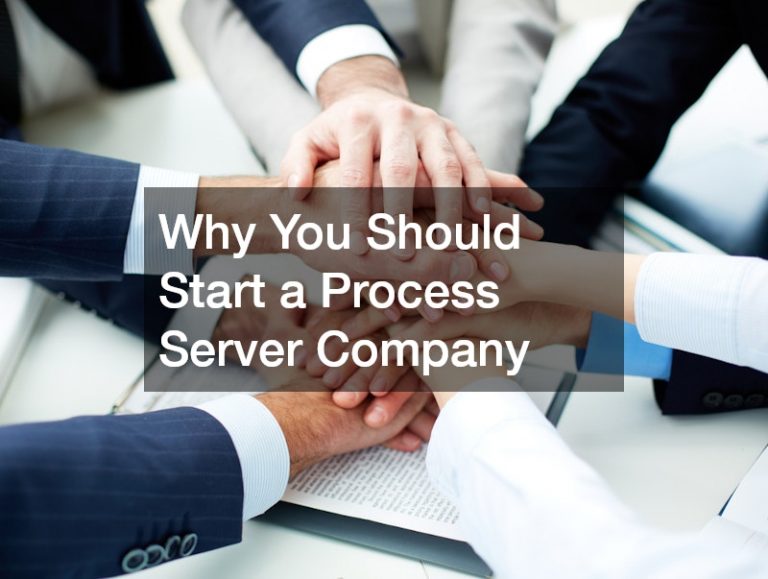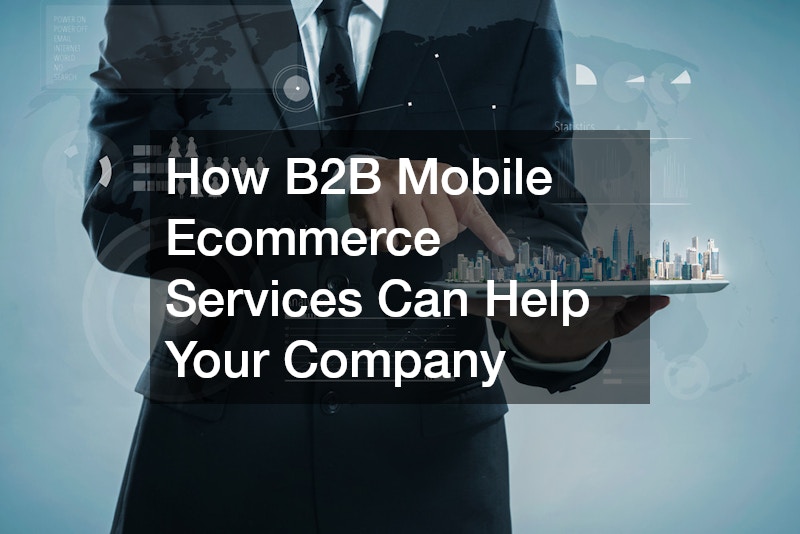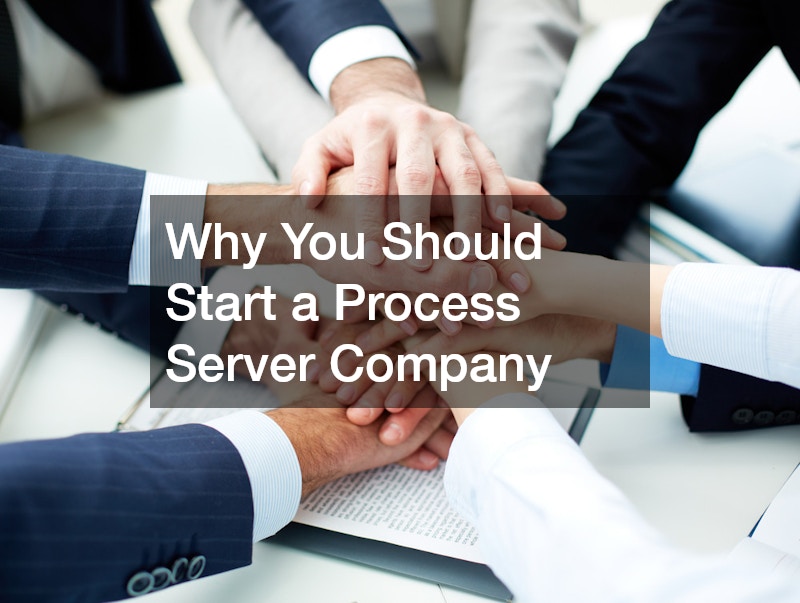A buyer persona is a representation of your target customer. The best way to market your business is to know who your target audience is. Creating a buyer or marketing persona gives you that power. They allow you to get to know who you are creating a message and product for. But contrary to how others perceive it, a buyer persona is more than about the customers’ demographics. It is based on actual surveys and interviews with customers. The persona is a combination of ticks, triggers, and other basic information that makes up one person.
Consider yourself as a buyer. If you are going to create a buyer persona about yourself, how will it look like? You can write about your personal information, as well as how you can use a certain product. Then, list down what makes you tick—what annoys you and what makes you snap. You should also consider your triggers. What will make you want to buy that product? If it’s a portable vacuum cleaner for a car, what scenario should you find yourself in to make you want to buy that product?
Personas are the best tools that a marketer can use to attract leads. They make companies understand what drives people to their businesses. But creating personas is more than just about asking the right questions. It’s about analyzing their answers to come up with an idea of the customer who will buy and support a business.
What Do You Need to Create a Buyer Persona?
To make a buyer persona, companies use a survey software tool to collect and analyze data. While other companies do this manually by using charts and templates, a software tool will make it easier to come up with the data needed to complete the buyer persona. The information you need to create the buyer persona is in two things: the customer and your own data.
You can ask existing customers for more information about them — their jobs, lifestyles, interests, hobbies, and even salary range. But the most important information is already with you. Check your list of customers. Who are your most loyal ones? Where are they from and what lifestyle or business are they in? Your current clientele is your best source of information to create buyer personas.
Quantitative Analysis
The quantitative analysis part of the process is important if you don’t know your customer segments. However, if you have a specialized product, then you probably know your market segments. This stage is not important for you anymore. Those with products that are not exclusive to one segment have to do three things: collect a list of customers, analyze the list at the company level, and analyze the list at the individual level.
The most important demographic information you need is the company or customer name, industry, revenue, number of employees (for business-to-business personas), and location. Aside from these, you also need to learn where they spend their free time and what problems they face that your products can solve.
After this, you can analyze the data at a company level (for business-to-business) or individual level (for standalone customers). You need to figure out who they are, what they need, how much they can afford to spend, and how much they have spent in your company the past year.
Qualitative Analysis

You have to reach out to your target market. Email them so you can schedule an interview. The email should contain the reasons why you need to know their feedback. During the interview, ask them about themselves, their jobs or business, how they use your products, what they expect to see in future products, and what frustrates them about their work.
If the customers are comfortable answering questions for you, ask them about their buying process. What triggers them to buy? How does their buying cycle look like? Who are the people involved in the cycle? For businesses, who has the final say to buy a product? For individuals, do they have to confirm with anyone when buying your products?
Create the Personas
Now, it’s finally time to create the personas. You have to write everything down and present the information per business or individual. What should be in these templates? It would help to learn who the customers are and the benefits they get from using the products.
Aside from these, list down how the customers use your products. Where do they use it and how did the product help them? Do they plan on using it continuously? Are there features they want to see in it? You should also make a list of the products and solutions they tried in the past. What were the problems there?
Lastly, write down what triggered them to buy your products. This information will help you in trying to trigger that same response from your other targets. If the customers were generous enough to let you know what features of the product convinced them to buy it in the first place, then list those factors down, too.
Once you have your buyer personas, bring them to the people who can use them such as the marketers and sales representatives of your company. These personas will help marketers create a message that will target the right people. Understanding who you are selling to will help you trigger the right response from them.









